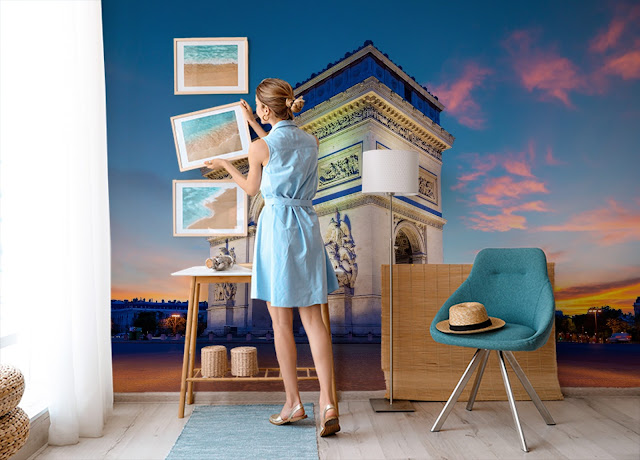Introduction
City wall murals are large-scale paintings or artistic designs that adorn the walls of urban landscapes, transforming dull concrete and brick surfaces into vibrant and lively canvases. These murals are often commissioned by local governments, businesses, or community organizations, and are created by talented artists who bring their unique styles and perspectives to the project. City wall murals serve as more than just aesthetic enhancements; they can also be catalysts for social change, community engagement, and economic development.
The History of Wall Murals
The tradition of mural painting dates back to ancient civilizations like Egypt, Mesopotamia, and the Roman Empire, where artists used walls as a medium to depict religious, cultural, and historical narratives. As civilizations evolved, so did the art of mural painting. In more recent times, the Mexican muralism movement of the early 20th century, led by artists like Diego Rivera, David Alfaro Siqueiros, and José Clemente Orozco, played a crucial role in popularizing modern mural art. These artists used public spaces to depict social and political messages, inspiring future generations of muralists to create thought-provoking art in the urban environment.
Paris Arch of Triumph Wallpaper Wall Murals
The Impact of City Wall Murals
Social Change and Awareness
City wall murals can be powerful tools for raising awareness about social issues and promoting positive change. By depicting pressing concerns such as poverty, racism, environmental degradation, or gender inequality, mural artists encourage viewers to think critically about these issues and engage in conversations that may lead to change.
Flying Wheal Thief Vintage Ship Wallpaper
Community Engagement and Identity
Murals can bring together diverse community members to participate in their creation or to enjoy the final artwork. They can also instill a sense of pride and belonging among residents by reflecting the local history, culture, and identity. In addition, murals can serve as landmarks, making neighborhoods more recognizable and fostering a sense of place.
Economic Development
Well-executed city wall murals can contribute to the revitalization of economically disadvantaged areas by attracting tourists, businesses, and residents. By improving the aesthetics of a neighborhood, murals can also increase property values and encourage further investment in the area.
Art Education and Appreciation
Public murals can serve as an accessible platform for art education and appreciation, as they are free to view and do not require entry into a museum or gallery. They expose people to different artistic styles, techniques, and subject matter, fostering a greater understanding and appreciation of art in the community.
Cute Dark Color Houses Wallpaper Mural
The Future of City Wall Murals
Advancements in technology, materials, and artistic techniques are opening up new possibilities for city wall murals. Digital projections, interactive elements, and innovative materials that are resistant to weather and vandalism are just a few examples of how the future of urban mural art may evolve.
Conclusion
City wall murals are an essential component of vibrant and thriving urban landscapes. They offer an accessible and engaging art form that can inspire social change, foster community engagement, and stimulate economic development. As cities continue to grow and evolve, the importance of integrating art into the urban fabric will only become more critical, ensuring that city wall murals will continue to play a vital role in shaping the character and identity of our urban environments.






AW577-white-jasmine-flowers-gray-background-seamless-pattern%20(1).jpg)
%20887.1.jpg)
0 Comments